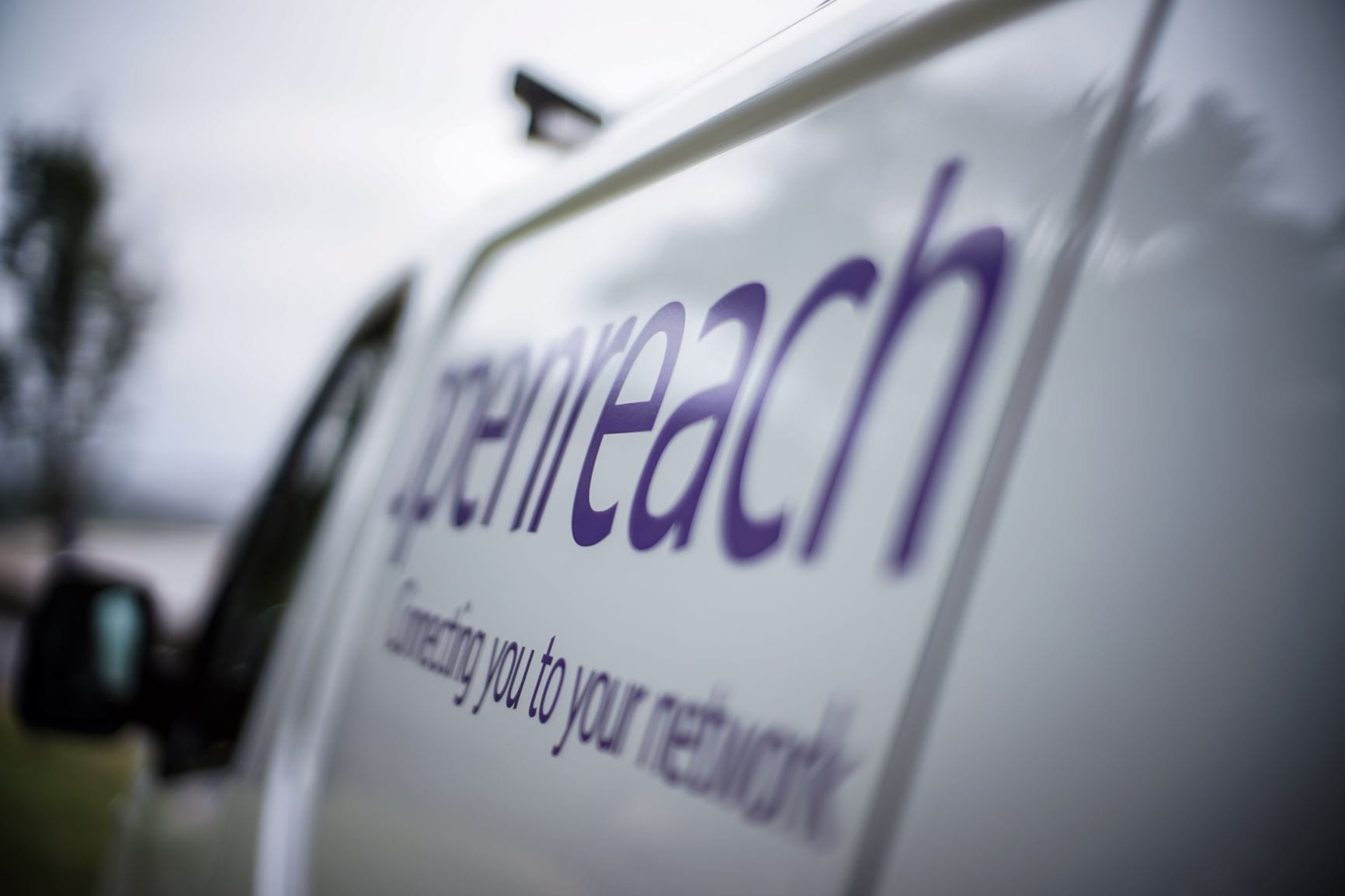According to data from the Welsh Government, the Openreach fibre rollout plan has now reached over 8,000 total rural homes. With current plans entering Phase 2, a further 26,000 homes are expected to achieve fibre connectivity by March 2021, bringing the total number of rural connections to around 36,000. While this rollout is slower than originally envisioned due to global circumstances, it still represents a significant step forward in Wales’ rural online infrastructure.
Though integration has a long way to go yet for rural coverage, owing to the difficulty of laying physical cables, overall adoption of high-speed internet in Wales is high. According to current statistics, the average speed of Welsh internet is already around 37Mbps, skewed heavily by urban populations.
The State of Fibre
As a technology, fibre is often a case of a forward-thinking approach, rather than one which is immediately necessary. Representing super-fast connectivity, or 30Mbps+, fibre is likely to become the standard upon which the future of at-home entertainment is built.
At this point, most general internet users operate perfectly within the 10-20Mbps spectrum, or even much lower. Video streams are a popular example of this, where platforms like Youtube and Netflix generally require only around 5Mbps for high-quality streaming. Only toward the ultra-HD end will bandwidth above 25Mbps usually become necessary.
For many interactive entertainment experiences, smooth operation can be possible well below even the 5Mbps mark. Online casino games are a prime illustration of this, where slots, blackjack, poker, and the many other forms of software are almost guaranteed to run smoothly at this level. The same can even be said for the more demanding live casino games, which utilise video streaming and thus have higher requirements.
Fibre Use-Cases
Collectively, this might make it seem that fibre is unnecessary, but this is far from the case. Most commonly the issues that appear with slower internet speeds come from multiple users on the same network. In effect, each new user on a network means a division of resources.
In other words, a 20Mbps connection with two users is closer to 10Mbps each. Four users would reduce this to 5Mbps each, and so forth. While the exact division of data isn’t quite so clear-cut, this does illustrate a certain tipping point where fibre becomes much more useful.
The other side of this equation comes from the constantly advancing requirements of average data use. Ten years ago, standard video streaming technology used less than half of what it does today, due to lower levels of quality. With 4K streaming now becoming the baseline, this increase is poised to continue.
Data usage for programmes is also indicative of this, perhaps most notably in gaming. As one of the hit games in 2010, Mass Effect 2 was noted at the time for its “large” 4.5Gb install. In 2020, many games are starting to exceed the 100Gb install size mark, a more than 50-times increase.
At this rate, it is likely to be some time before fibre becomes a standard in rural Welsh internet. With more than 96,000 premises classified as still needed future intervention, complete saturation could take some time. The upside to this is that, while it can be necessary for some places, most users can still get by on slower plans.








Leave a Reply
View Comments